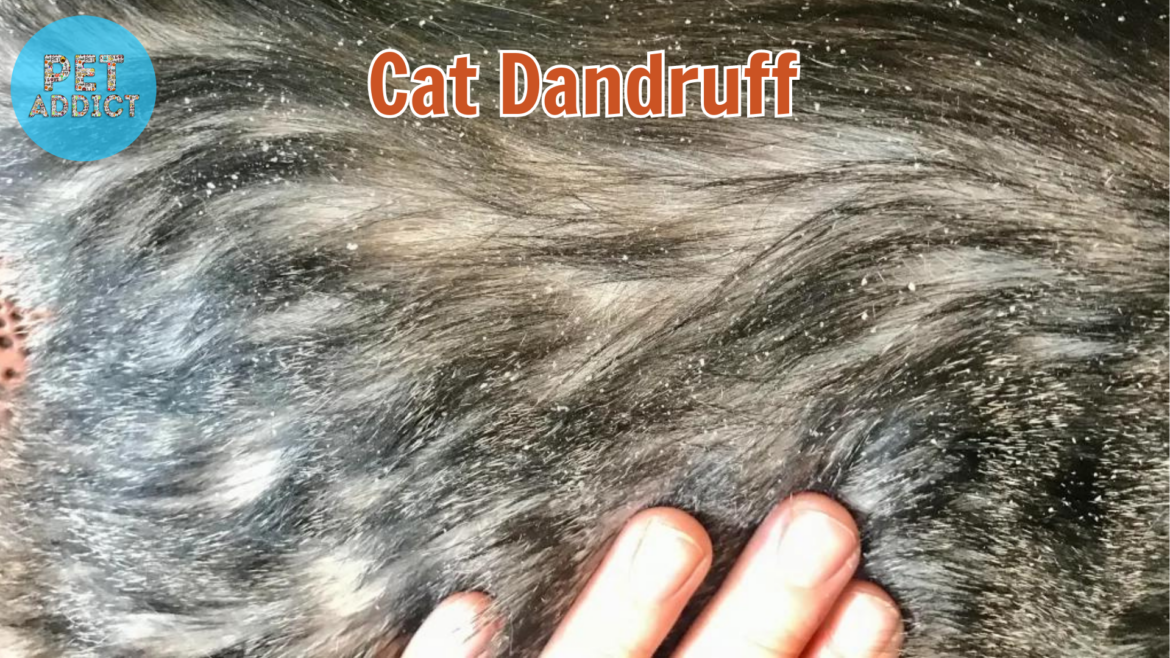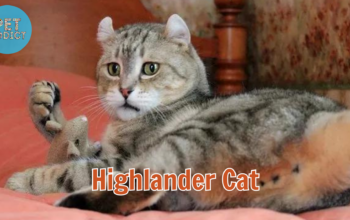Cats are captivating companions, but just like any pet, they can experience certain health issues that require attention. Cat dandruff is one such concern that might catch you off guard. While it might seem harmless, understanding its causes, symptoms, and how to effectively manage it is essential for your feline friend’s comfort and well-being. In this article, we’ll dive into all the aspects of cat dandruff, exploring its root causes, ways to identify it, and practical steps to address and prevent it.
PetAddict.net – The best place where you can find everything about your pet!
What Causes Cat Dandruff?
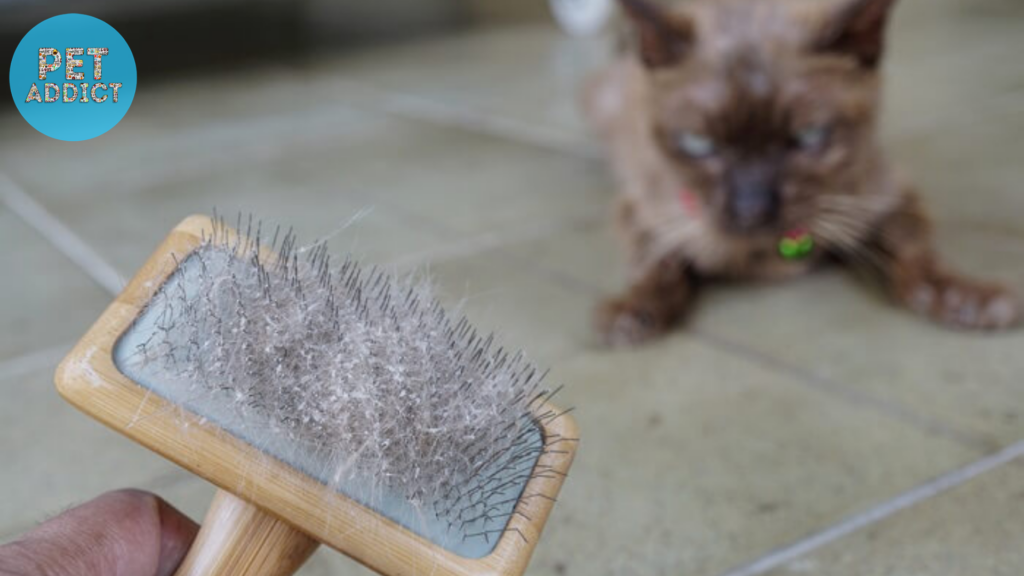
Dry Skin
Dry skin is a common culprit behind cat dandruff. Factors like low humidity, exposure to cold weather, or even excessive bathing can strip the skin of its natural oils, leading to flakiness.
Poor Diet
A lack of essential fatty acids and nutrients in your cat’s diet can affect skin health, potentially resulting in dandruff.
Parasites
External parasites such as fleas or mites can irritate the skin, causing your cat to scratch and leading to dandruff.
Recognizing Cat Dandruff
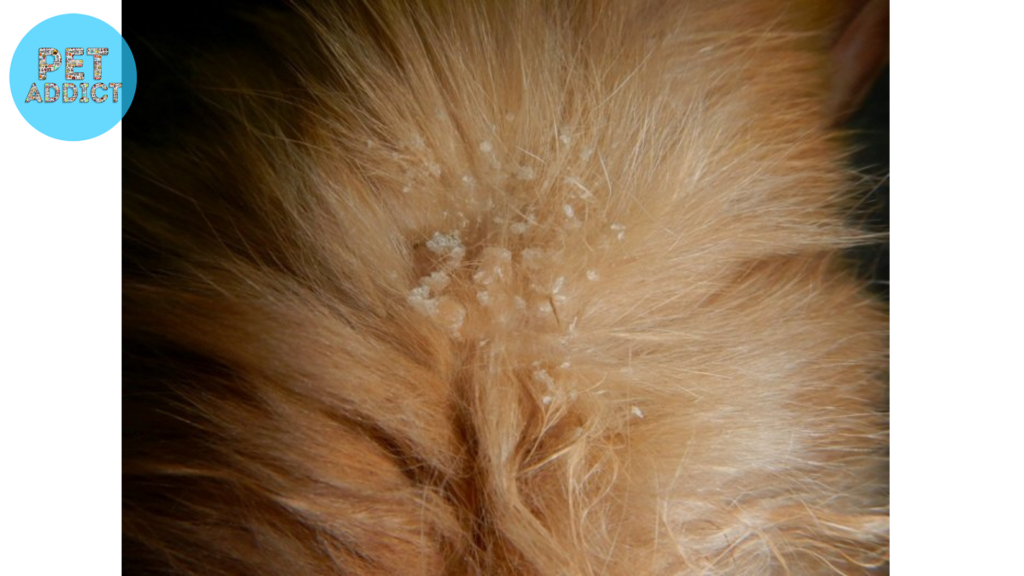
Flaky Skin
Visible flakes on your cat’s fur or bedding are a clear indicator of dandruff. These flakes might resemble white specks and can sometimes fall onto surfaces your cat occupies.
Excessive Scratching
If your cat is constantly scratching or grooming excessively, it could be a sign of dandruff or underlying skin irritation.
Dull Coat
Dandruff can make your cat’s coat appear lackluster and less vibrant than usual.
Dealing with Cat Dandruff
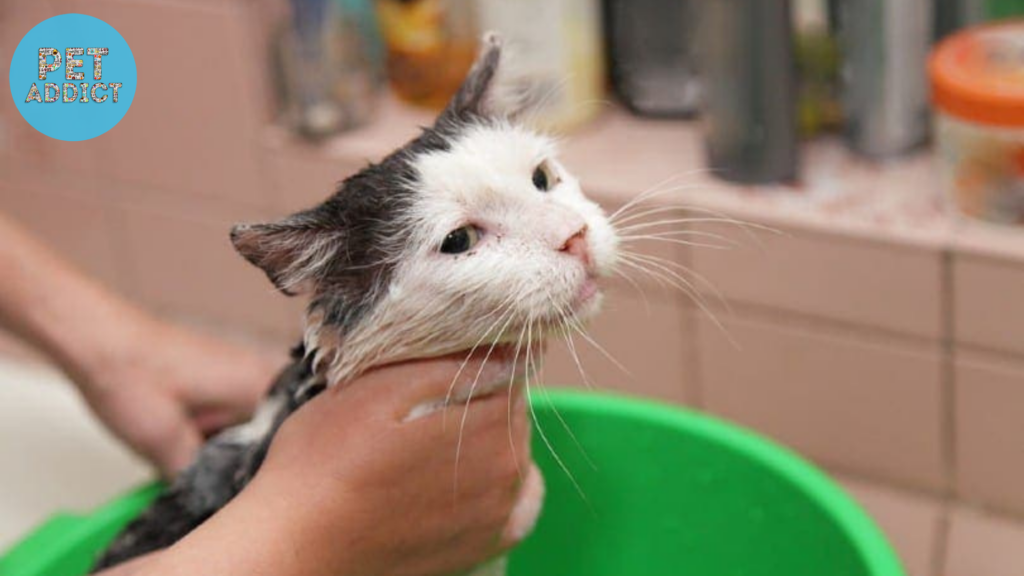
Regular Grooming
Regular grooming sessions, including brushing, help distribute natural oils and remove dead skin cells, reducing the likelihood of dandruff.
Balanced Diet
Ensure your cat’s diet is rich in essential fatty acids, vitamins, and minerals to support healthy skin.
Humid Environment
Maintaining a humid environment, especially during dry months, can prevent skin from becoming overly dry.
Prevention and Long-Term Care
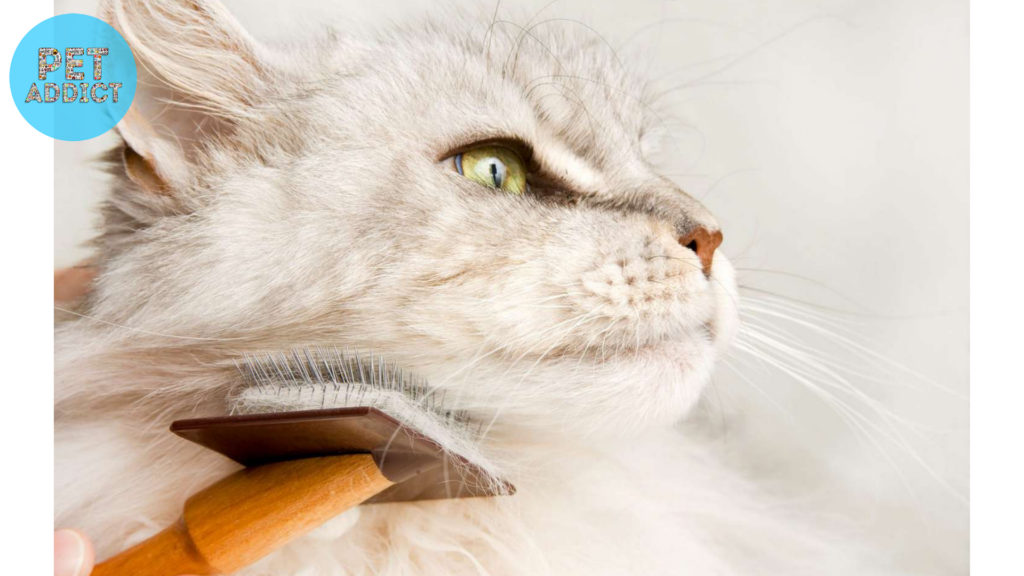
Quality Diet
Feed your cat a high-quality, balanced diet that supports overall health, including skin health.
Hydration
Make sure your cat has access to fresh water at all times to stay hydrated from the inside out.
Regular Vet Checkups
Routine veterinary visits allow early detection and management of any underlying issues that could contribute to dandruff.
Conclusion
Cat dandruff might be a common issue, but it’s not one to ignore. By understanding its causes, recognizing its symptoms, and taking proactive steps to address and prevent it, you’re ensuring your cat’s comfort and well-being. Whether through regular grooming, a balanced diet, or creating a suitable environment, you can help your feline friend enjoy a healthy and flake-free life. Remember, a little care goes a long way in keeping your cat’s coat and skin in optimal condition.
Frequently Asked Questions
- Can dandruff in cats be a sign of an underlying health condition? Yes, in some cases, dandruff might indicate an underlying issue, so consulting a veterinarian is recommended.
- Is there a specific breed more prone to dandruff? Dandruff can affect any breed, but some cats with longer coats might be more prone due to increased matting and dead skin cell accumulation.
- Can I use human dandruff shampoos on my cat? It’s not advisable to use human shampoos on cats. Consult your veterinarian for cat-safe grooming products.
- Is excessive grooming a sign of dandruff? Yes, cats might groom more if they have dandruff or skin irritation, as they try to alleviate discomfort.
- Can stress contribute to cat dandruff? Yes, stress can impact a cat’s skin health, so providing a stress-free environment is important for overall well-being.

